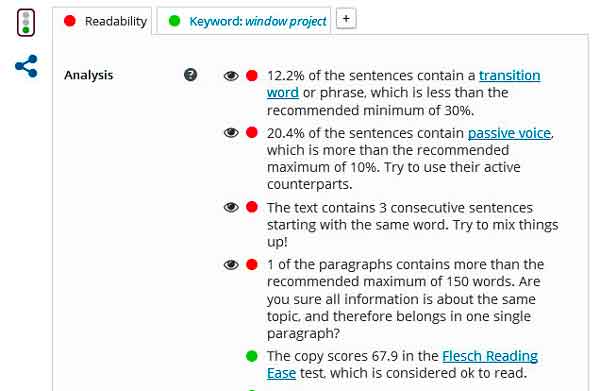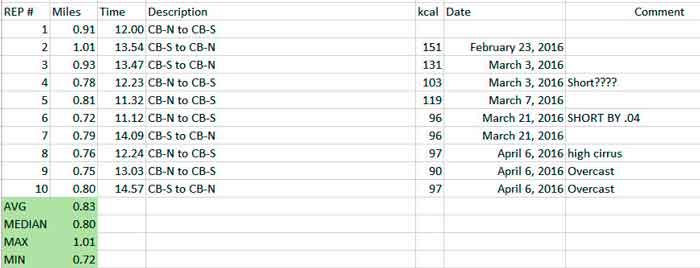I have attempted to duplicate the positive aspects of this blog by what I call “Numeric Therapy.” In the Spring of 2013, Dr. H advised me to return to blogging for therapeutic benefit. I had a dormant development site I used on an intermittent basis as a beta site, a location to test code, and a way to remain current on developments in HTML, js, css, and php.
Benefits of Blogging
The first days, months, and years, of blogging were slow, difficult, and frustrating. The blog forced me to write and publish posts, and this forced activity helped address my early stage apathy. The blog also delivered a second benefit. Writing about my experience pushed me into an examination of that experience. The blog functioned as a crude form of cognitive behaviour therapy (CBT). Writing about my experience delivered an interpretive understanding of that experience.
The blog also serves as a record of past events, and prior mental states. When I encountered a psychological difficulty, my immediate response was to compose a blog post. This allowed me to characterize the experience and address psychological effects which I now believe were due to a neurotransmitter imbalance. If I examine an early post describing the triggers for depressive events, I observe that these events no longer trigger the same immediate depressive response.

Figure 1 – Text Metrics
A further positive aspect of the blog is coaching on spelling, grammar, and the quality of text. The software I use will flag poor grammar, overly long paragraphs, excessive use of passive voice, and will also score the text on the Flesch Reading Ease scale for readability.
After a year or two of blogging, I noted that my ability to write had vastly improved. At the start, a single blog post required more than two days of work to complete. I am now able to create a blog post in a few hours. Most posts originate in text initially entered in the Accident Log.
Numeric Therapy
In January of 2016, I sought to extend the positive benefits of the blog to my numeric abilities. These have suffered. If blogging delivered benefits with text creation perhaps a similar effort with numeric data would have the same outcome. I call this activity “Numeric Therapy.”

Figure 2 – Champlain Bridge Record
“Numeric Therapy” involved the use of a cell phone app to record walk time and walk distance between way-points. The Champlain Bridge record is an example. Two way-points are associated with this crossing: CB-N at the north end of the bridge and CB-S at the south.
Figure 2 shows a record of 10 crossings. Each entry gives the distance, the duration, the calories burned, the date, and comments. A summary table gives both the MAX and MIN distance, plus the average and median distance between the two way-points.
I record raw walk data in both a spreadsheet and a text file. The goal is to record sufficient distance data to create a series of maps. The maps would permit route comparison and help identify the best route. The best route may not be the shortest. I have a negative reaction to traffic noise and prefer a longer, traffic free route, to a short and noisy one.

Figure 3 – September 2016 Walk Data file
Numeric Therapy Benefits
No improvement is seen. I continue to make transposition errors and mistakes in basic math. The walks are extremely beneficial. They promote a stable mood and, according to science, walking promotes the production of BDNF, a brain chemical with positive restorative effects. Each walk is followed by 45 minutes to an hour of pulling data from the phone, recording it in the Walk Data file, and then migrating the totals to a spreadsheet.
After nine months of “Numeric Therapy” I have no sense of a decreasing error rate. There has been one key benefit. Another firm bought the cell phone app. The new owners altered the usage model; the app will not generate useful data unless a $45 annual subscription fee is paid. My collected time and distance data now has a value.
